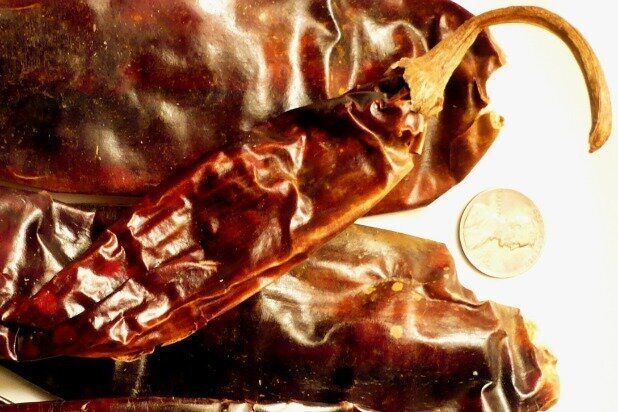
Chiles are a great addition to any dish because they add spice, depth of flavor, and many health benefits. While jalapeños and cayenne are the more commonly used chiles in America, there are many others that can provide intricate flavors to dishes. We realize that classifying and learning about the different chiles can be overwhelming, so we broke it down into this basic guide to simplify the process for you.
To aid us in this endeavor we asked chef David Suarez, culinary director of the Rosa Mexicano restaurant group, and his friend and mentor chef Susanna Trilling, founder of Seasons of My Heart cooking school in Oaxaca, Mexico, to share with us some fun facts about chiles as well as some tips for working with them.
Chiles are central to Mexican cooking as well as many other cuisines for the reasons mentioned above (flavor and numerous health benefits). For starters, chiles have antimicrobial properties, fight inflammation, are rich in vitamins and antioxidants, and contribute to cardiovascular health by helping to lower blood cholesterol and triglyceride levels and boosting your metabolism.
The relative heat level of a chile pepper is measured using a system known as the Scoville heat unit. The higher the value, the hotter the pepper is. One of the hottest peppers in the world is the bhut jolokia, with a rating of over one million Scoville heat units, which translates to a heat level four hundred times greater than that of Tabasco. But you won't find (or shouldn't find) them lurking around these chefs' dishes -- the Indian army is considering using them in crowd-dispersal devices.
Where does the heat come from? Chiles contain a compound called capsaicin, the main ingredient in pepper spray. The more capsaicin a pepper has, the hotter it is. Capsaicin irritates the eyes, nose, mouth, and even your skin. Therefore, it's best to wear gloves when working with chiles. Most of the capsaicin is contained within the seeds and internal membranes. So removing the seeds of a pepper can significantly reduce the heat level of your dish and help prevent indigestion. Poking holes in the peppers and then soaking them in salt water for an hour also works, mellowing out the heat while retaining flavor.
If you do happen to touch a very hot chile with your bare hands, chef David says that he likes to rub some oil on them before washing with soap and water. He says the oil binds with the capsaicin (which is oil-soluble) and helps to remove it. Chef Susanna insists that cutting a tomato in half and rubbing it on your hands works just as well.
- Will Budiaman, The Daily Meal
More from The Daily Meal:
10 Flavors That Can Save Your Life
Demystifying Mexican Ingredients
6 Ways to Get the Most out of Your Vegetables
Stirring the Pot: 6 Tips for Award-Winning Chili
D.I.Y. Cures for Summer Burns
